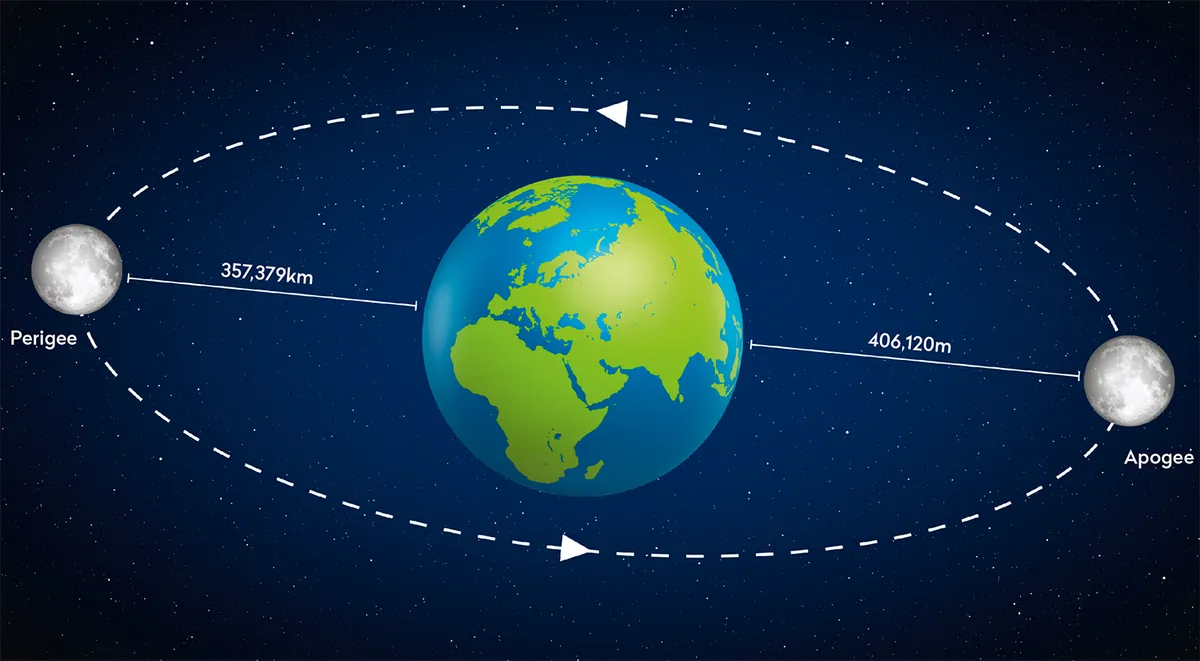The past weekend saw the 2025 Pink Moon rise, enabling observers to see the fourth full Moon of the year and to ask themselves whether this 'micromoon' did indeed look smaller than usual.
And the 2025 Pink Moon came with an added stargazing bonus: bright star Spica was close by.
Spica is one of the brightest stars in the springtime sky and was close to the 2025 Pink Moon.
For more stargazing advice, sign up to receive the BBC Sky at Night Magazine e-newsletter and subscribe to our YouTube channel.
Gallery: Pink Moon 2025
Pink Moon explained
The Pink Moon rose above the southeastern horizon on 13 April 2025 at around 21:00 BST. This was the fourth full Moon of 2025, and is known as the 'Pink Moon'.
The nickname is a bit of a misnomer at first glance, because the Pink Moon won't appear any more pink than any other full Moon.
Every monthly full Moon has acquired multiple nicknames over the years that reference what's happening in nature during the month in question.
The Pink Moon is so-called because it's the April full Moon, and 'pink' is a reference to the colourful blooming of flowers that occurs at the start of spring.
So a Pink Moon full Moon won't look pink, but if you get a clear horizon and are able to see it low down, you might notice the Moon looks orange.
This is to do with how Earth's thick atmosphere scatters light, making a Moon close to the horizon appear redder than usual.
The Moon low to the horizon might also appear larger than usual. This is a well-known optical effect known as the Moon illusion.

Micromoon
The April full Moon is also being called a Pink Micro Moon by some!
That's technically true: the full Moon on 13 April 2025 may have seemedsmaller than usual. It's to do with the Moon's orbit and how it appears from Earth.
The Moon travels around Earth in an elliptical – or egg-shaped – orbit, which means it's closer to our planet at some points than at other times.
As a result, sometimes the Moon appears larger and sometimes it appears smaller.

The Pink Moon for 2025 coincided with 'apogee', when the Moon is furthest from Earth in its orbit.
An apogee Moon appears about 14.1% smaller and 30% dimmer than the Moon at 'perigee' – when it's closest to Earth.
However, the difference is really imperceptible with the naked eye, so ignore anyone telling you tonight's Moon will look tiny!

Spica
What about the bright star next to the Moon on 13 April?
That bright point above and to the right of the Pink Moon was star Spica, which is the brightest star in the constellation Virgo.
Spica is also the 15th brightest star in the sky, and is actually not one star, but two.
It's what is known as a binary star: a pair of stars that orbit each other.
From Earth, binary stars appear as a single point of light because they're so far away, so you won't be able to see Spica as two separate stars with the naked eye.
Some binary stars can be 'resolved' through binoculars or a telescope.
This simply means that, with a bit more magnification, you can see the two individual stars of a binary system.
Spica is not easily resolvable, and so even with a telescope you'll struggle to make out two stars, rather than a single point of light.
If you observe or photograph Spica near tonight's Pink Moon, get in touch by emailing contactus@skyatnightmagazine.com








